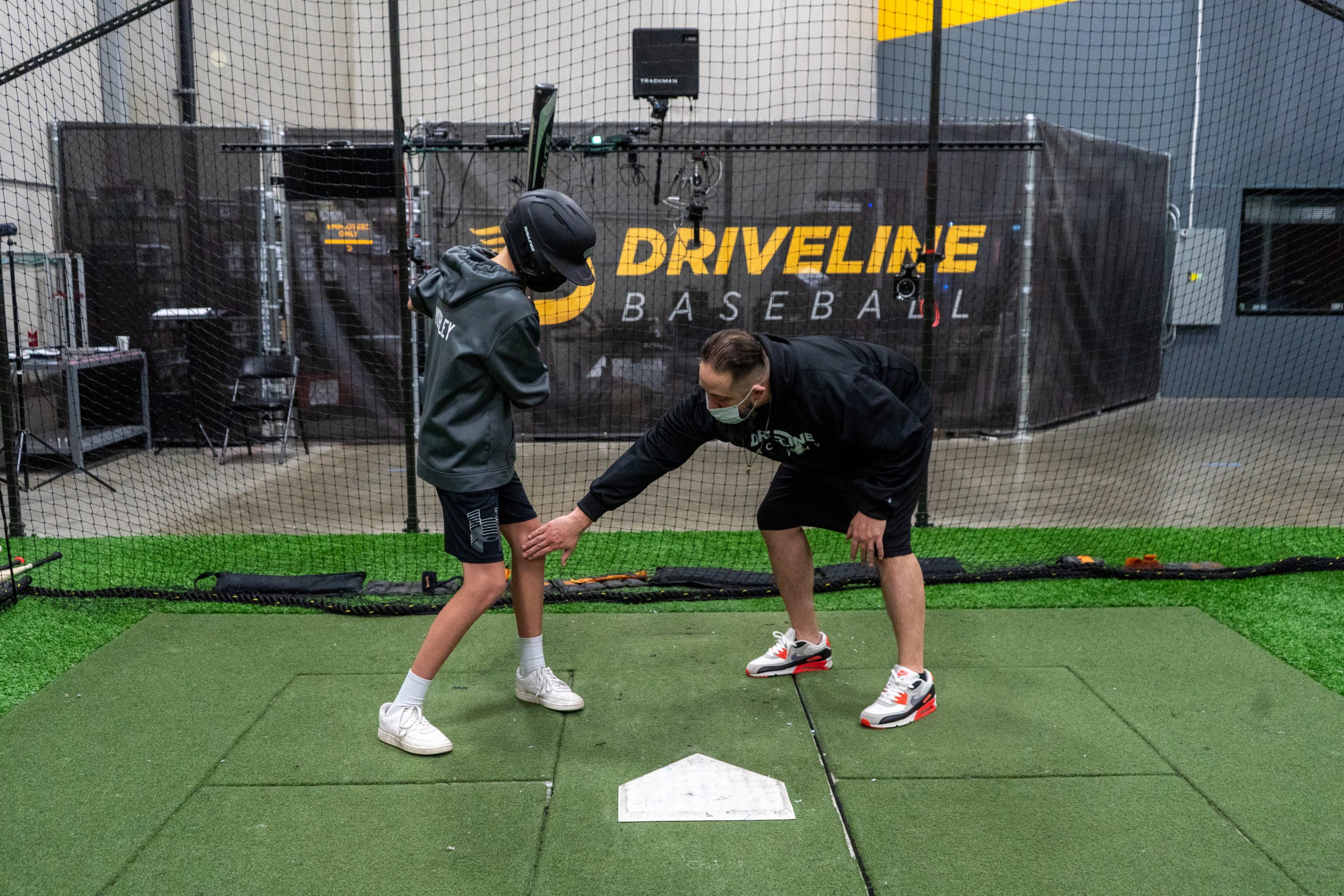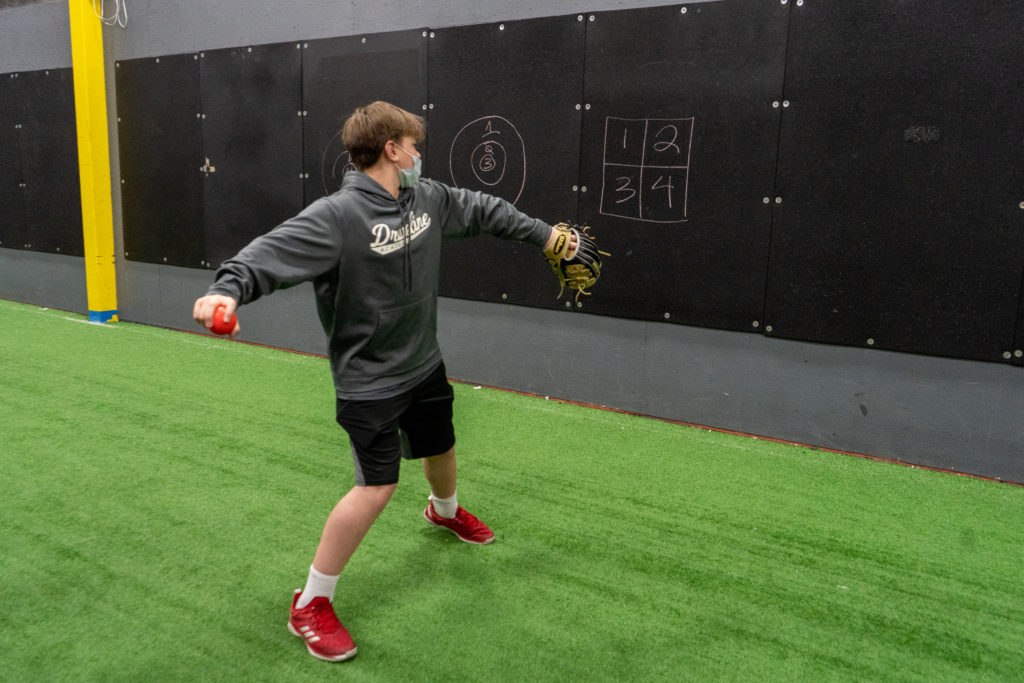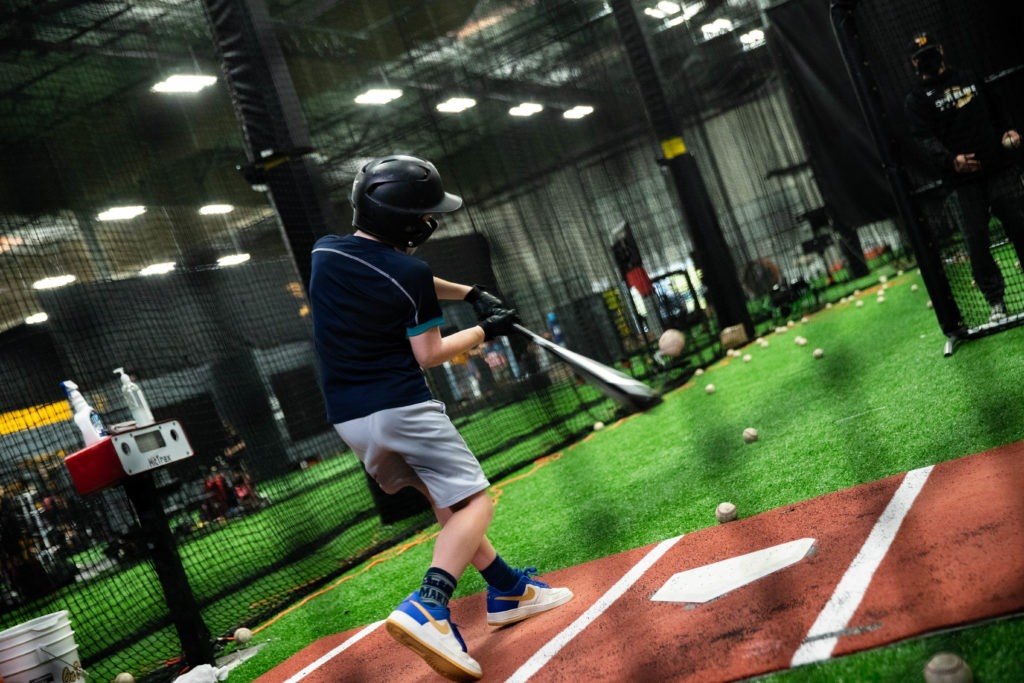Youth Baseball Practice Plans: Introducing the Skills that Scale

Below is an excerpt from our book: Youth Baseball Games: Skills that Scale
On its surface, creating a practice plan seems pretty basic. Pick out the things that you want to work on, carve up the available time, then execute.
Simple right?
Yes, and no.
Effective youth baseball practice plans both engage the players in the activity and drive development of what are fairly complex movements, all within the constraint of a relatively short amount of time.
Teaching the necessary technical expertise and fundamental rules of the game while still having fun is no small task. To achieve this we want to maintain some kind of balance in our training between technical understanding and athletic skill development—which requires structure and consideration for how we create our practice plans.
Youth athletes are less coordinated than older athletes and often struggle to focus, which can make creating a fun and productive practice plan seem overwhelming. Further, hitting, pitching and fielding different positions all carry unique sets of expectations, roles and responsibilities, so the total number of skills and abilities that need to be developed are not small in number.
In a perfect world, we’d be able to develop competent athletes who have both the skills and the understanding to be functional baseball players. We do not need perfection, however. Players are going to make mistakes and it’s our job as coaches to find times to push them beyond their comfort zone in practice. We can support and cheer them on when they succeed and help them learn from their mistakes when they fail.
Introduce success, then introduce a challenge.
This book aims to help you do both by identifying the key skills that will benefit players in the long run and developing games to train those skills.
Along the way please just make sure to keep it fun. Kids like fun. And fun is good.

Develop the Skills that Scale
2. Putting a majority of our focus into the development of these skills will compound their value over time.
We call them Skills that Scale because they are the fundamental abilities that should help a player transition from the small 60’ baseball field to the big 90’ field. That transition is more daunting if players are not training in a way that prepares them for this massive change, because the big field demands significant skill and motor output.
We also want to consider the biological and psychological reality of working with young children. Youth players are simply not small adults—but on a baseball field they are often treated as such.
All too often our expectations of what children should be capable of understanding and executing, in addition to the emotional climate we create for them to perform in, are significantly out of step with anything that would be tolerated in their classroom or other learning environment.
These out of step expectations can take the form of excessive pressure and consequences, but they can also be found in how we expect children to physically perform. One of the things that typically differentiates children from adults, and one child from another, is their levels of coordination and motor control, in addition to sheer strength and the ability to apply that strength within the context of a sport specific task.
Hitting a round ball with a round bat is difficult. So is throwing a ball from 46’+ feet away to a plate that is 17” wide.
It is not an exaggeration to say that baseball is one of, if not the most, difficult and complex sports that children participate in—and that’s only considering the primary skill tasks, before you even get into the mechanics of actually playing the game.
Our response to this evaluation of the youth baseball landscape is to prioritize the development of the primary tools for success in the game—hitting and throwing—relative to their importance, which means making their development a primary training focus. Certainly it is true that there are other pathways to developing young players for future success, but based on a first-principles evaluation of what matters most for young players, we choose to focus primarily on the development of hitting and throwing, as these are simply the things that players do the most on a baseball field, now and later.
Having this focus does not mean that we ignore other aspects of player development or that we otherwise neglect teaching players the game of baseball. A best case scenario implementation of Skills that Scale does not treat baseball like a carnival game. Instead it simply means you allocate practice time to the things that will make the most impact on a player’s ability to compete in the game today, tomorrow and all the days that follow.
Youth baseball should be fun, and fun is good, so our desire is for coaches who read this book to understand that in developing these Skills that Scale your players should have fun practices, doing the funnest things on a baseball field, which translates to fun in competition.
The Skills that Scale
At Driveline we orient our training around ‘The Big 3’ of both hitting and pitching.
These are:
The Big 3 of Hitting
- Bat speed—how fast you can swing the bat
- Contact quality—how often and good you are at making hard contact
- Swing decisions—how good you are at swinging at hitters’ pitches
The Big 3 of Pitching
- Stuff—how hard you throw and the movement of your pitches
- Command—your ability to throw the ball where you want
- Durability – how long and frequently can you perform
To keep things even simpler, we filter these down to what we call the Skills that Scale for youth players in both hitting and throwing:
Hitting
Bat speed—how hard you can swing the bat
Exit velocity—can you swing hard and make square contact to generate hard hit balls
Most of our training is oriented around bat speed and exit velocity for the following reasons: youth pitchers aren’t good at throwing strikes and if you focus on ‘building the engine’ of bat speed and exit velocity, players will start to figure out what pitches they hit the hardest and which they don’t, indirectly working on swing decisions.
Throwing
Throwing velocity—how hard you can throw
Hitting a target (Command)—throwing the ball over the plate and throwing it to your teammate in the field
We believe that most youth players need to work on throwing harder to a target without worrying much about offspeed pitches. Players should play multiple positions, so they don’t get burnt out on the mound of pigeonholed in one position. Of course, pitch counts should also be monitored when players are pitching.
The best youth players will showcase all four of these abilities. Hitters that swing fast and hit the ball square, resulting in a high exit velocity, will perform the best. Pitchers and fielders who can throw hard at a target will pitch the most and be put in defensive positions where they are more likely to make plays.
How to Make Youth Baseball Practice Plans Fun
Coaches can create more engaging practices by learning into gamification of pieces of practice.
Gamification:
We want to make practice and skill development more engaging by introducing rules, point systems and competition around the Skills that Scale. This enables coaches to create engaged and motivated athletes in practice.
We’re going to take the Skills that Scale and create games with scoring systems so we can introduce competition amongst our players—not only with teammates but also with themselves over time.
Progress over Perfect + Test & Retest
If we can turn important skills into games, we can track results and measure progress over time. Trying to solve for ‘perfect’ for a whole team of players—at the recreational travel/select level—is likely out of reach. What we can solve for is progress over a specific period of time.
The key piece to understand is that trying to improve at baseball, or anything else in life, can never be put on cruise control.
A fundamental piece of Driveline’s training is to track as much information as we can so that we can see how skills are developing. This applies to youth baseball because you can compare players’ abilities over a longer time frame, and we can keep them engaged in the activity along the way as they see their progress improve.
While all of our games can just be played once, coaches can also ‘retest’ a player’s skill development by replaying a game a few weeks after the first time to see how a skill has developed (or not).
If you’re feeling overwhelmed with how to track these games, it’s ok. Many of them can be played in practice without scoring as coaches and players get comfortable with them. This book isn’t intended to create another set of jobs for coaches, but to figure out a way to keep kids engaged so they keep coming back. As kids play, they learn what skills get points. They then naturally want to know who ‘won’ the game, creating a more productive environment to score and track.
So, while we encourage coaches to try a variety of games in this book, feel free to use your team as feedback and bring back some of the more engaging games a few weeks after introducing them. You’ll be able to see progress that some athletes have made and/or reaffirm areas that still need to be improved

Youth Practice Games: Skills that Scale
47 games utilizing skills we’ve identified to help youth baseball players improve.
Comment section